
Royal Pantheon San Isidoro
Discover stunning 11th-century Romanesque frescoes and royal sarcophagi in this historic Spanish pantheon.

Highlights
Must-see attractions
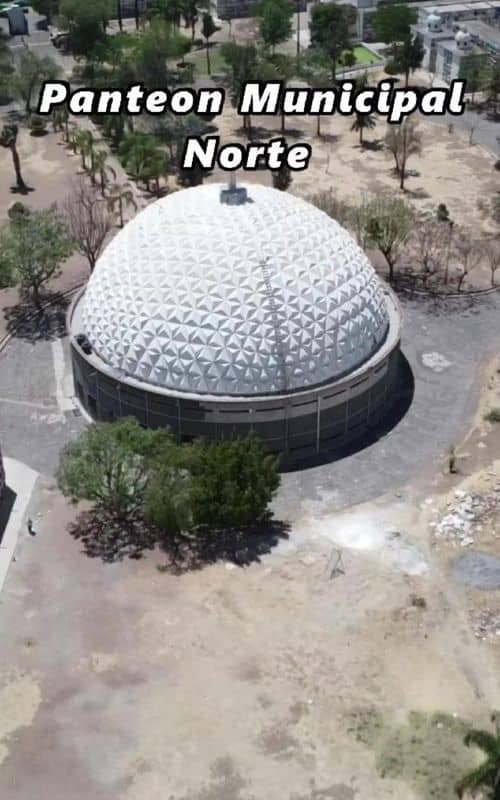
Social
From TikTok & Reddit
Best Time
Enhance understanding with guided tours.

Royal Pantheon San Isidoro
Best Time
Enhance understanding with guided tours.

Highlights
Must-see attractions
Discover stunning 11th-century Romanesque frescoes and royal sarcophagi in this historic Spanish pantheon.
"The frescoes are a must-see, often called the 'Sistine Chapel of Spain,' despite photography limits."
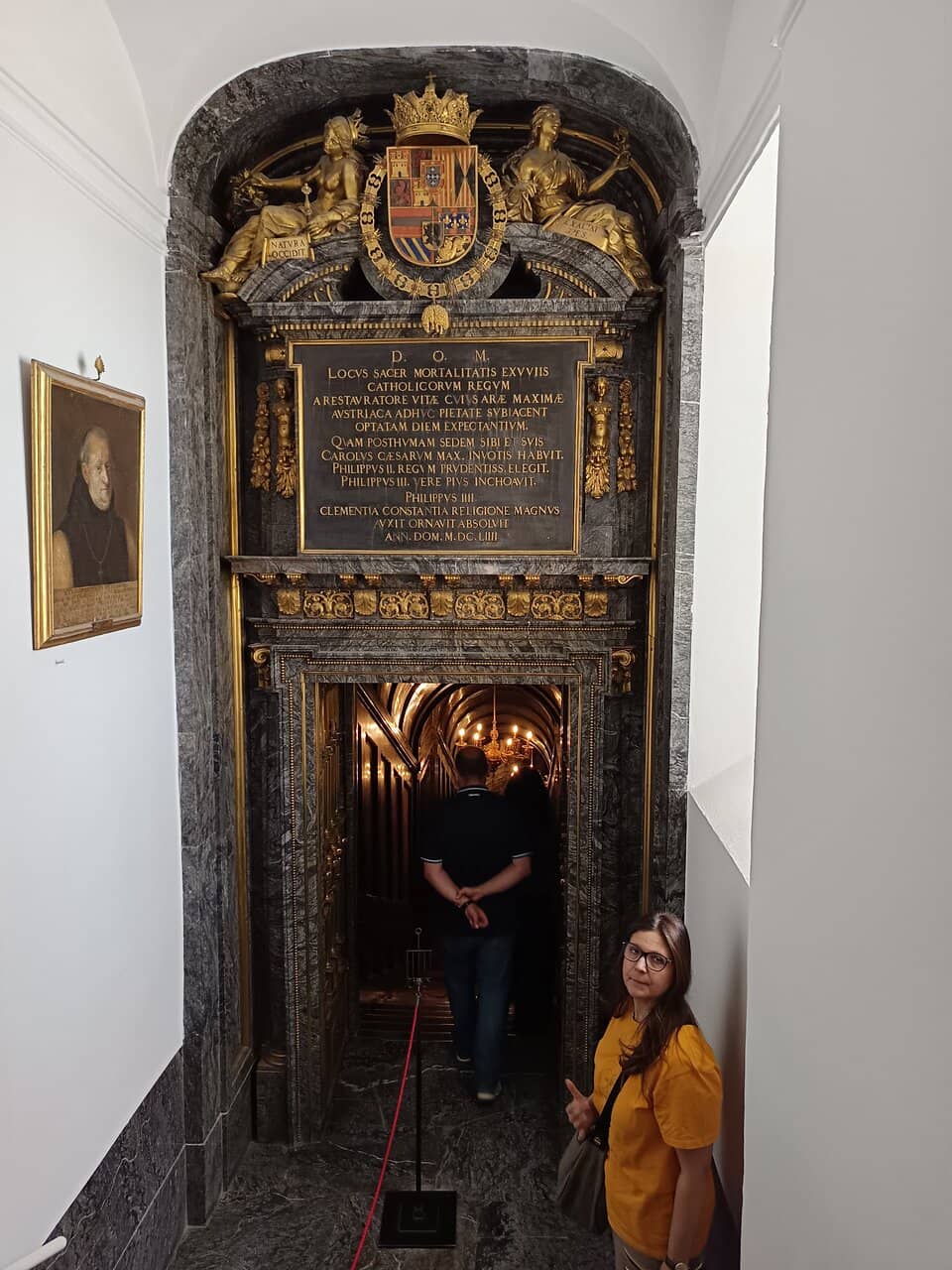
📸 No Photos in Fresco Area
Photography is heavily restricted, especially in the fresco section. Be prepared for this limitation.
🗣️ Join a Guided Tour
Highly recommended for deeper insights. Tours are often in Spanish but guides may assist English speakers.
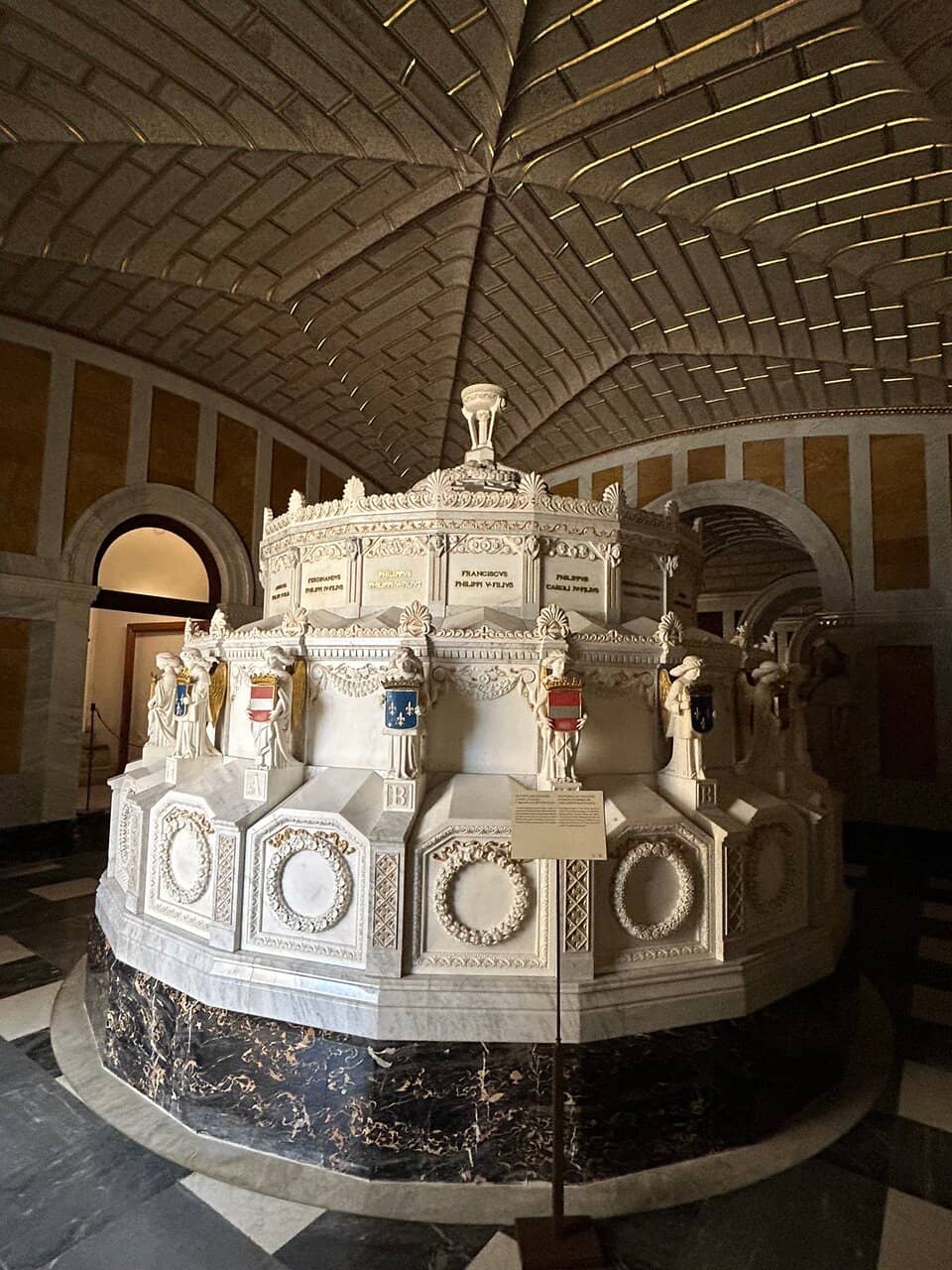
Highlights
Discover the most iconic attractions and experiences
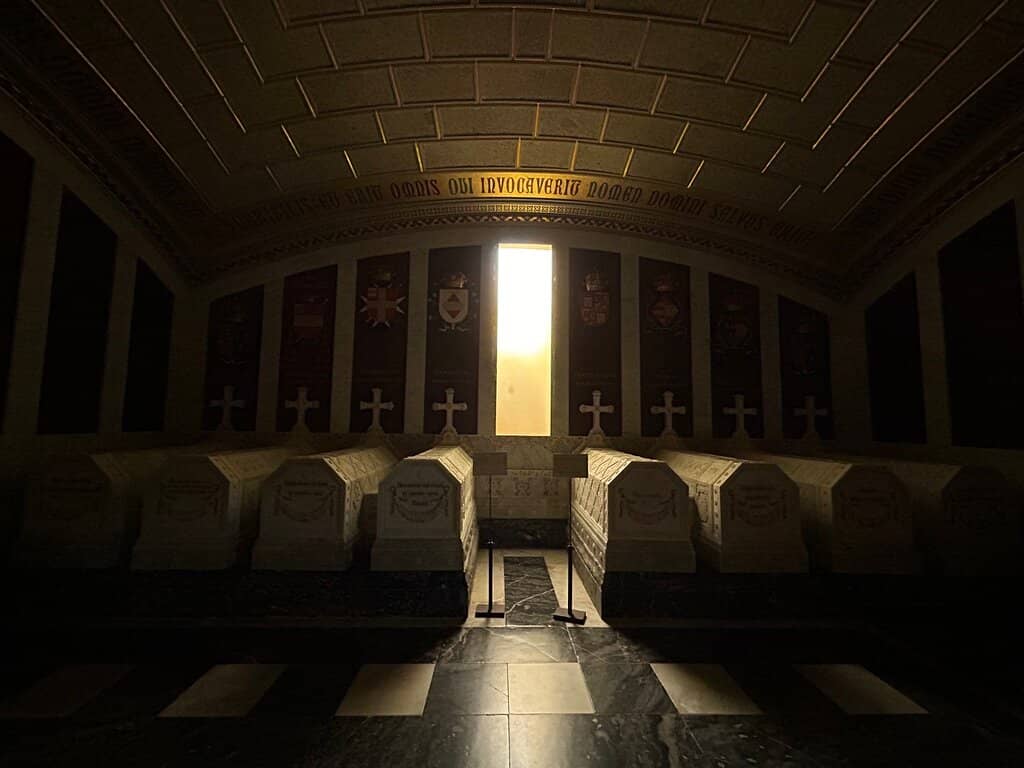
Romanesque Frescoes
Main Nave
Discover the stunning 11th-century Romanesque frescoes, often called the 'Sistine Chapel of Spain.'

Royal Sarcophagi
Vaulted Naves
Marvel at the intricate royal sarcophagi housed within ancient, vaulted naves.
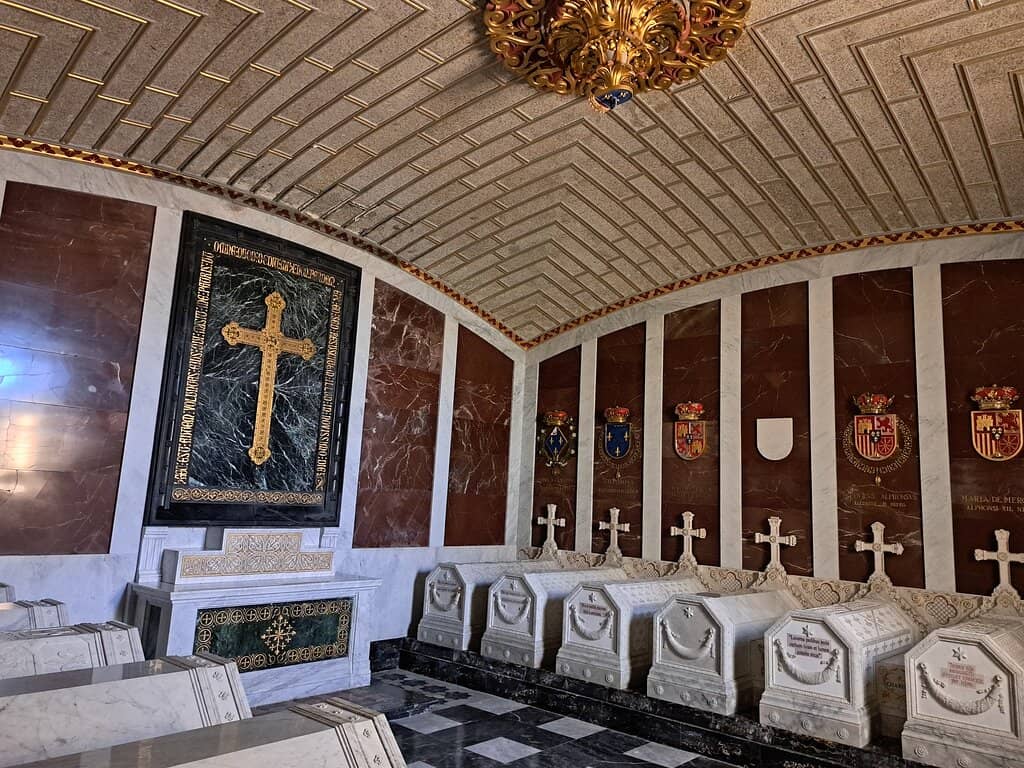
Treasures and Relics
Museum Section
View precious metal and jeweled treasures, though photography is often restricted.
Plans like a pro.
Thinks like you
Planning Your Visit
Photography Restrictions
Guided Tours Enhance Experience
Best Times
Insider Tips
from TikTok, Instagram & Reddit
📸 No Photos in Fresco Area
Photography is heavily restricted, especially in the fresco section. Be prepared for this limitation.
🗣️ Join a Guided Tour
Highly recommended for deeper insights. Tours are often in Spanish but guides may assist English speakers.
🧐 Check Website for Tours
Look for free evening tours which can significantly enrich your visit.
✨ Appreciate the Art
Even with photo restrictions, the 11th-century frescoes are a must-see masterpiece.
Tips
from all over the internet
📸 No Photos in Fresco Area
Photography is heavily restricted, especially in the fresco section. Be prepared for this limitation.
🗣️ Join a Guided Tour
Highly recommended for deeper insights. Tours are often in Spanish but guides may assist English speakers.
🧐 Check Website for Tours
Look for free evening tours which can significantly enrich your visit.
✨ Appreciate the Art
Even with photo restrictions, the 11th-century frescoes are a must-see masterpiece.
What Travellers Say
Reviews Summary
Visitors praise the Royal Pantheon San Isidoro for its magnificent 11th-century Romanesque frescoes, often called the 'Sistine Chapel of Spain,' and the historical significance of its royal sarcophagi. However, many express disappointment over strict photography restrictions, particularly in the fresco section, which limits the ability to capture these renowned artworks.
"Some interesting sights but it didnt float my boat hugely. [Maybe in part because the previous day we visited the collection a the cathedral, which was very striking.]
Limited photography (even without flash). I can understand them not wanting the valuable precious metal and jeweled treasures being photographed, but the restrictions sem unduly onerous."
David Ramsbottom
"This is the museum with the magnificent Romanesque fresco - all original dating back to the 11th C.
They have free tours on some evenings, which I was lucky enough to be able to join by chance - it was in Spanish but the guide was kind enough to give explanations in English just for me.
So why the four stars and not five? Simply because they do not allow photography in the fresco section. I specifically visited Leon to photograph this fresco so I was very disappointed that it wasn't made clear on their website that this is the case. May be they did mention it in Spanish.
It is definitely worth a visit, even just to look at the fresco."
Un Vagabundo
"We took a guided tour in spanish and it was really worth. Really good explanations and interesting things to see."
Monika Juodyte
What People Like
What People Dislike
Frequently Asked Questions
🚇 🗺️ Getting There
The Royal Pantheon San Isidoro is located in León, Guanajuato. It's accessible by local transport within the city. Consider using ride-sharing services or local buses to reach the vicinity.
Parking availability can vary. It's advisable to check for nearby public parking lots or street parking regulations before arriving by car.
🎫 🎫 Tickets & Entry
Opening hours can vary, and it's best to check the official website or local listings for the most current information. Some sources mention free tours on specific evenings.
Admission fees can change. While some sources mention free tours on certain evenings, standard entry fees apply. It's recommended to verify pricing on their official channels.
Booking in advance is generally not required for standard entry, but it's wise to check if special events or guided tours have separate booking procedures.
Yes, guided tours are available and highly recommended. They often provide excellent historical context and are frequently conducted in Spanish, with some guides offering English explanations.
Photography is significantly restricted, particularly within the fresco section. Flash photography is always prohibited, and non-flash photography may also be disallowed in certain areas.
🎫 🧭 Onsite Experience
The main draws are the magnificent 11th-century Romanesque frescoes, considered the 'Sistine Chapel of Spain,' and the ancient royal sarcophagi housed in vaulted naves.
A visit typically takes 1-2 hours, depending on your interest level and whether you join a guided tour.
While the historical and artistic significance is high, the solemn nature and photography restrictions might be less engaging for very young children.
It's a historically vital site, housing original Romanesque frescoes from the 11th century and serving as a burial place for royalty, offering a glimpse into medieval art and history.
The venue sometimes hosts theatrical performances or special events, such as 'Espíritus Errantes,' which offer a unique way to experience the site.
📸 📸 Photography
Photography is very limited. Flash is prohibited, and non-flash photography is often not allowed in the fresco area. This restriction is a common point of disappointment for visitors.
The restrictions are likely in place to protect the delicate and valuable 11th-century frescoes and the precious metal and jeweled treasures displayed.
Photography rules can vary by section. While some areas might permit non-flash photography, it's best to confirm onsite or check their official guidelines.
You can find many professional and visitor-submitted photos online through image search engines and travel blogs, showcasing the frescoes and sarcophagi.
For Different Travelers
Tailored advice for your travel style
Art History Enthusiasts
While photography is restricted, the guided tours are essential for a deep understanding of the frescoes' context, symbolism, and artistic techniques. The presence of royal sarcophagi and historical treasures further adds to the site's significance, offering a comprehensive look into the region's past.
Disappointed Photographers
While you won't be able to take your own photos of the frescoes or many of the treasures, the experience of seeing them in person is still highly recommended. Consider focusing on the overall atmosphere and historical significance, and perhaps look for professional or authorized images online afterward to supplement your memories.
Deep Dives
In-depth insights and expert knowledge
The Magnificent Romanesque Frescoes
Unfortunately, the exceptional nature of these frescoes also comes with strict photography restrictions. Non-flash photography is often prohibited in this section, a point that has led to disappointment for many travelers hoping to capture these unique visuals. The rationale behind these rules is to protect the delicate pigments and the historical integrity of the artwork from potential damage caused by light exposure.
Despite the limitations on capturing images, the experience of standing before these centuries-old masterpieces is profound. The guided tours are particularly helpful in understanding the iconography and historical context of the frescoes, allowing visitors to appreciate them on a deeper level even without personal photographs.
Royal Sarcophagi and Treasures
The pantheon also contains a museum section displaying precious metal and jeweled treasures. These artifacts, likely belonging to royalty or high-ranking clergy, showcase the wealth and artistry of the era. However, similar to the fresco area, photography of these valuable items is often restricted, likely for security and preservation reasons.
While the visual documentation of these artifacts may be limited, their historical and cultural significance is immense. A guided tour can illuminate the stories behind these treasures and sarcophagi, providing a rich narrative that complements the visual experience.
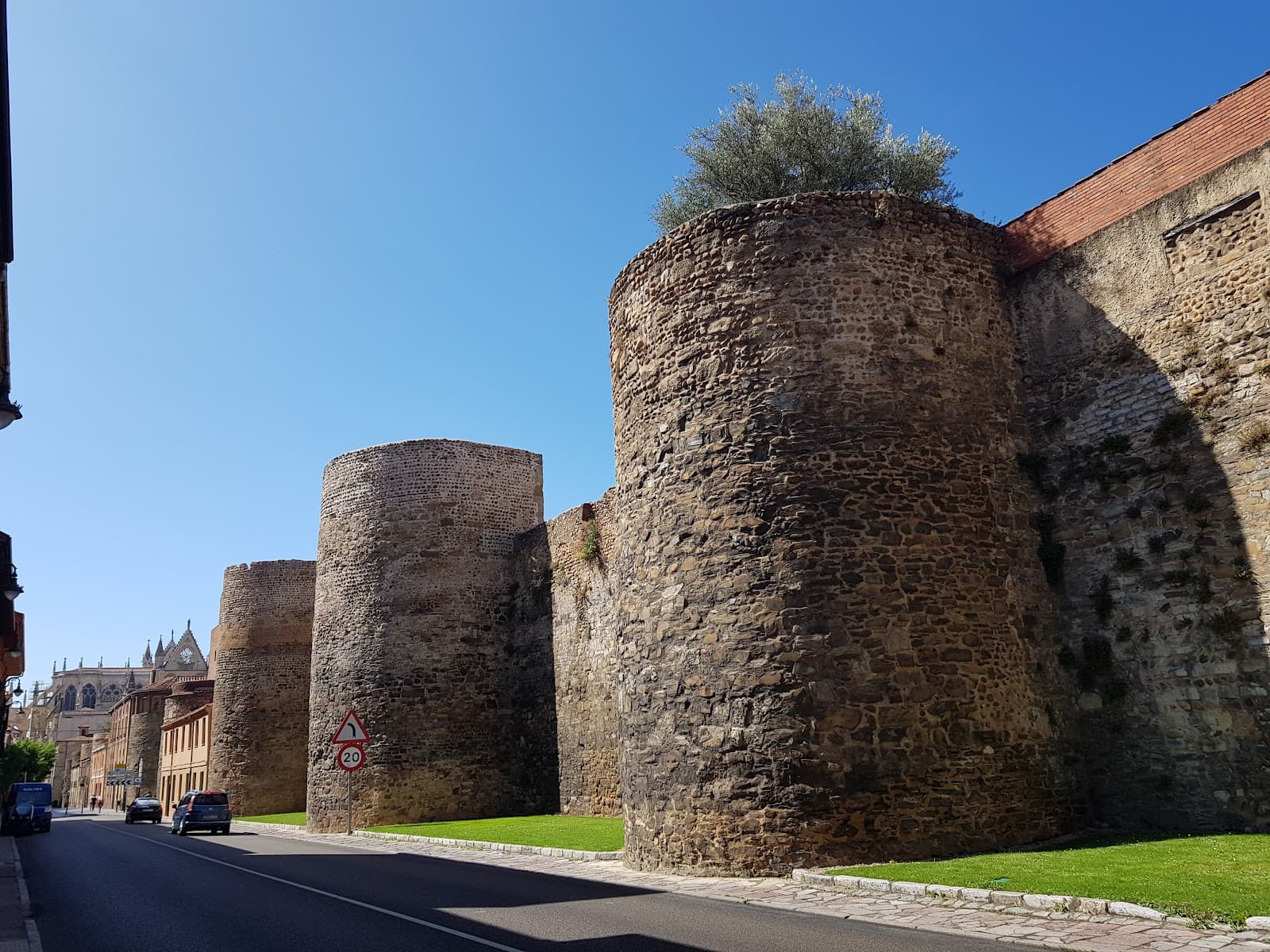
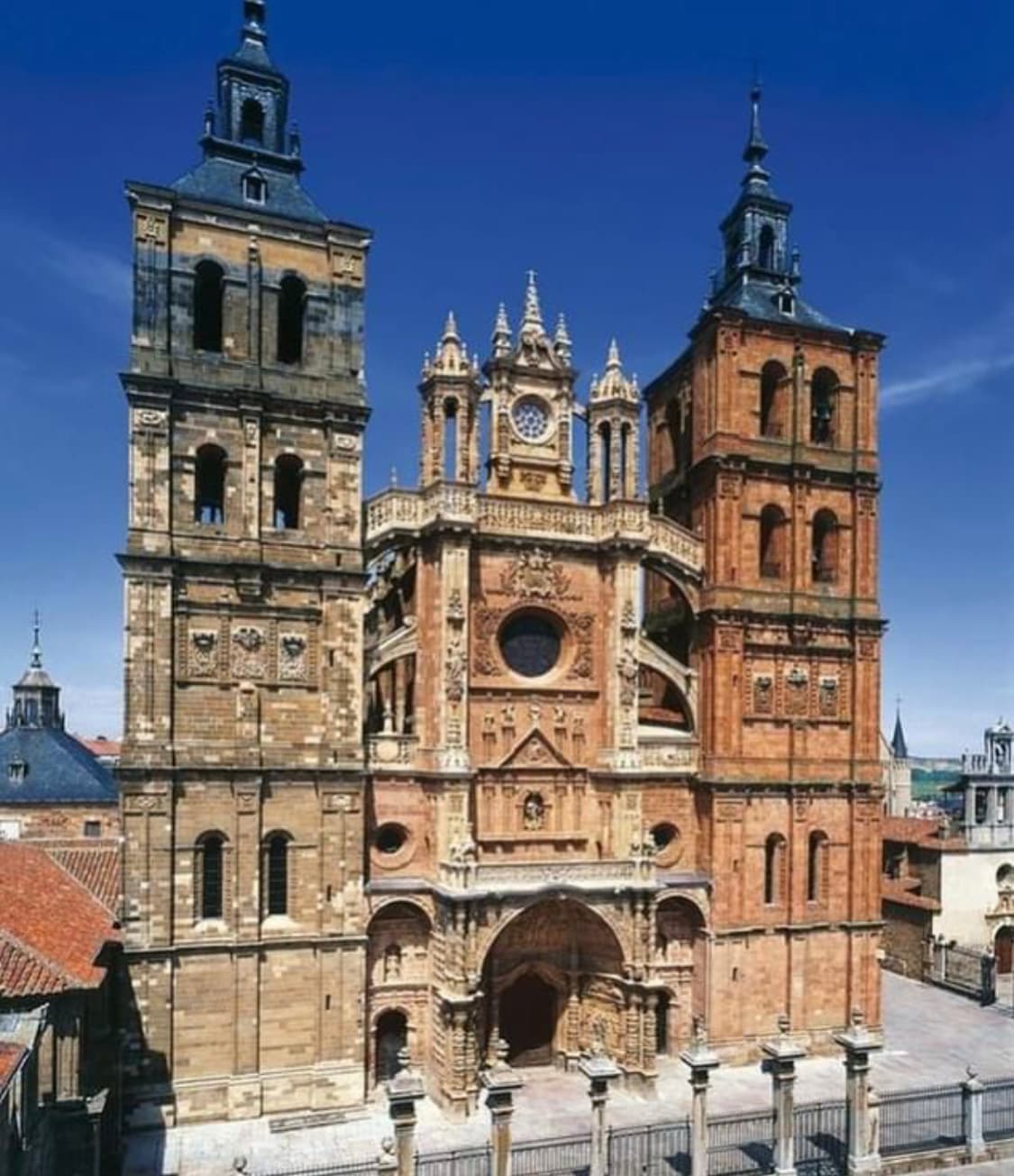
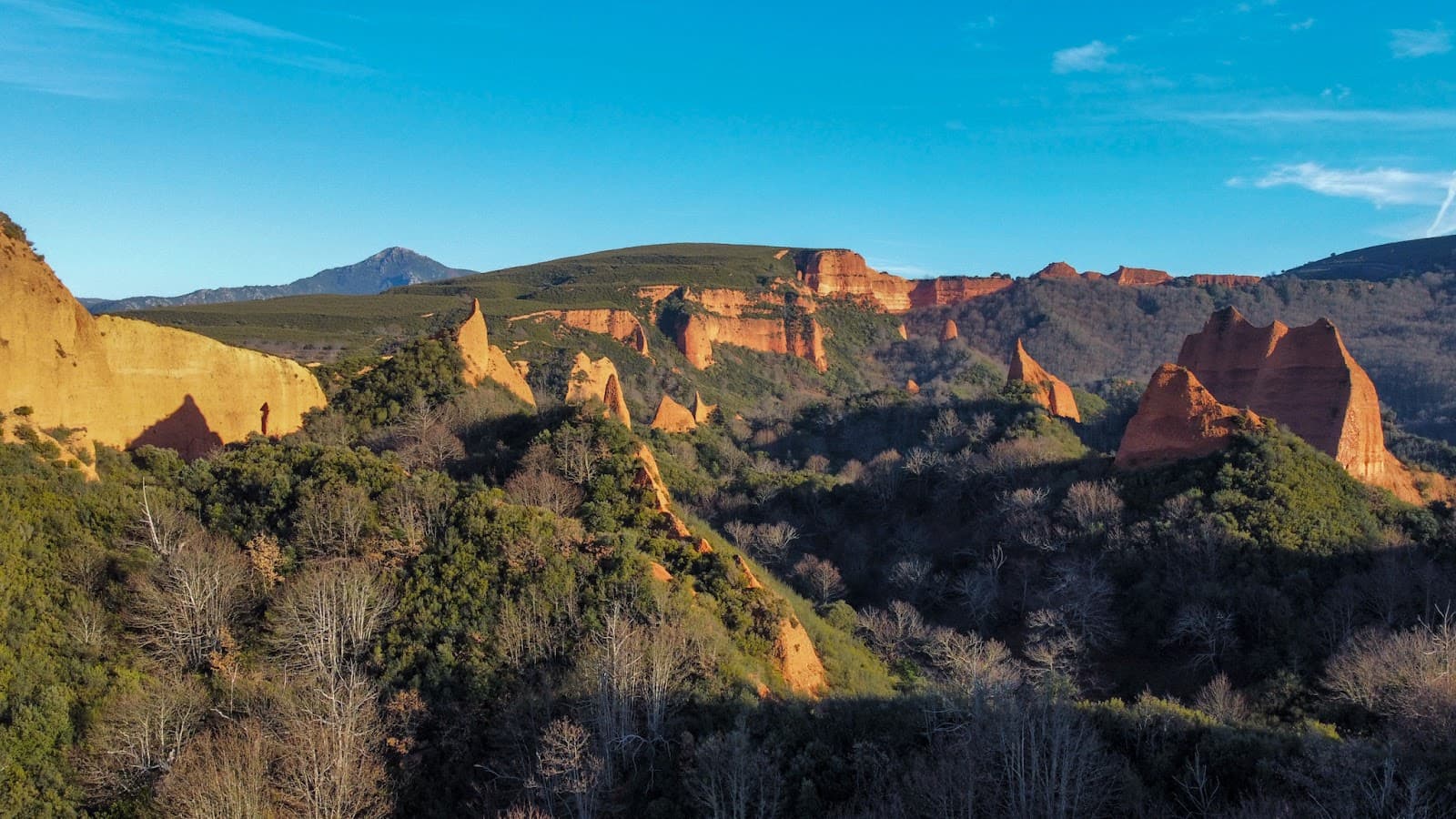

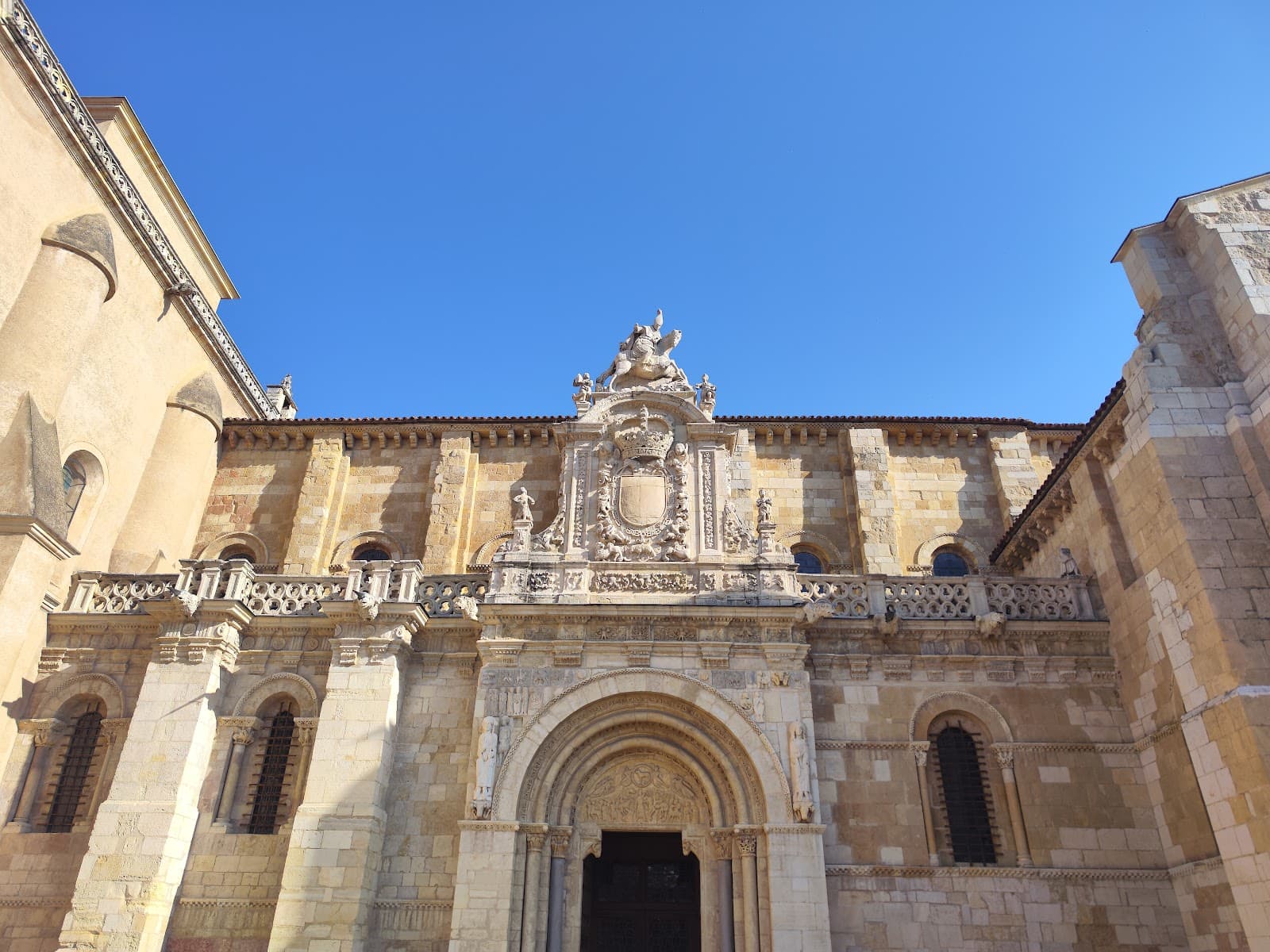

Social
from TikTok, Instagram & Reddit